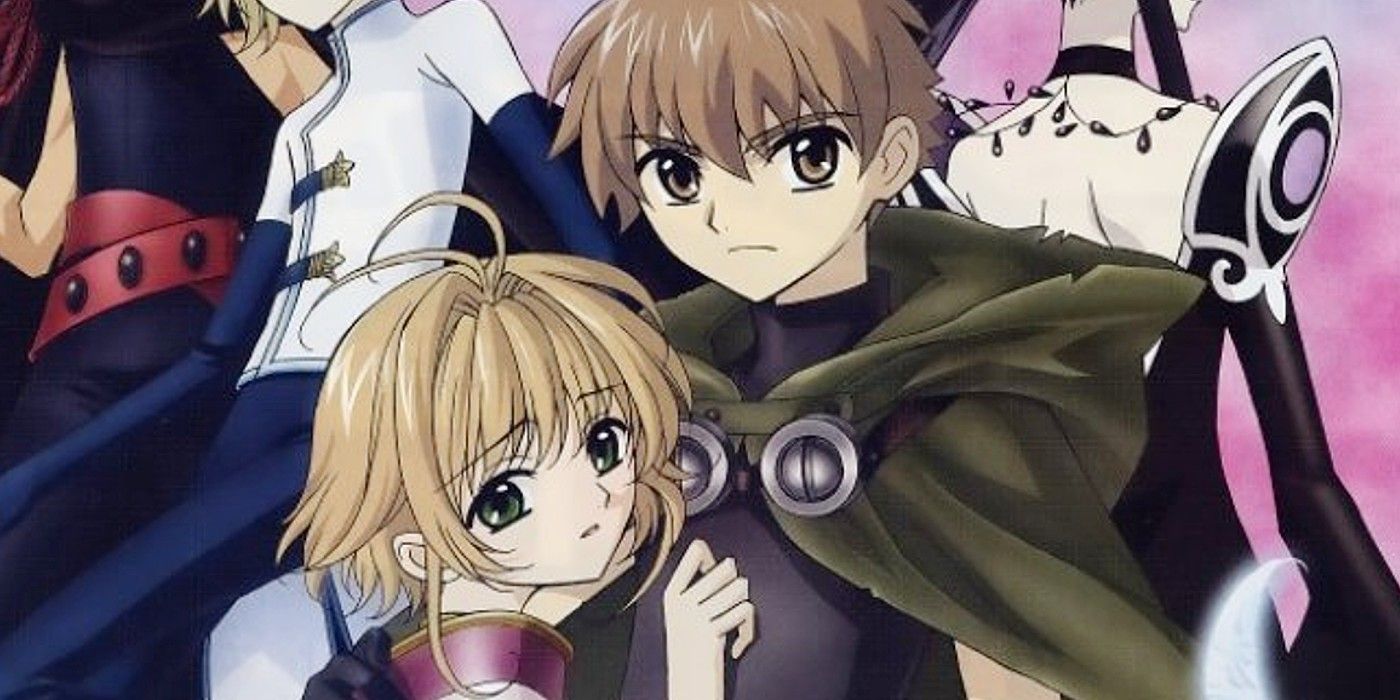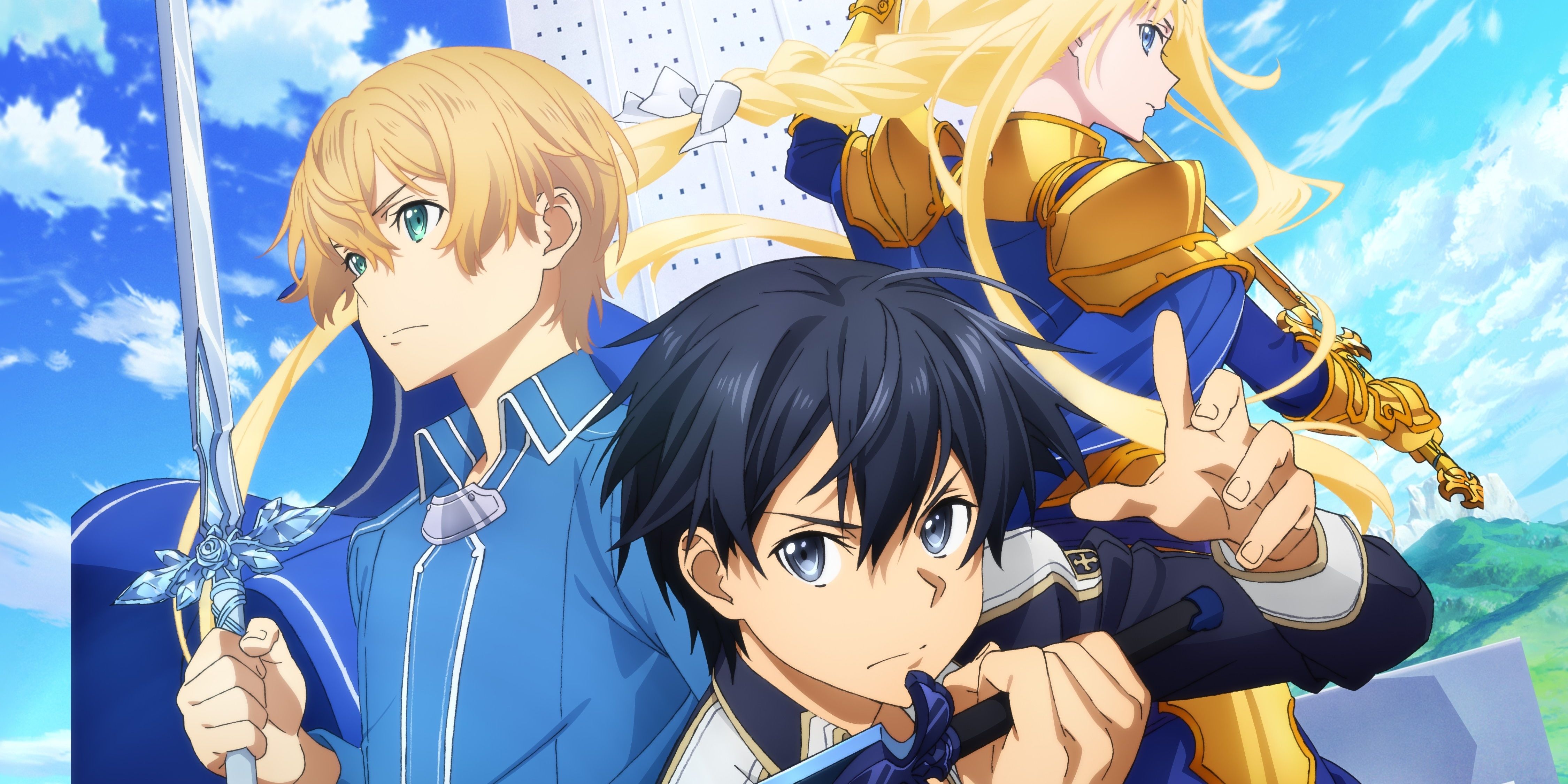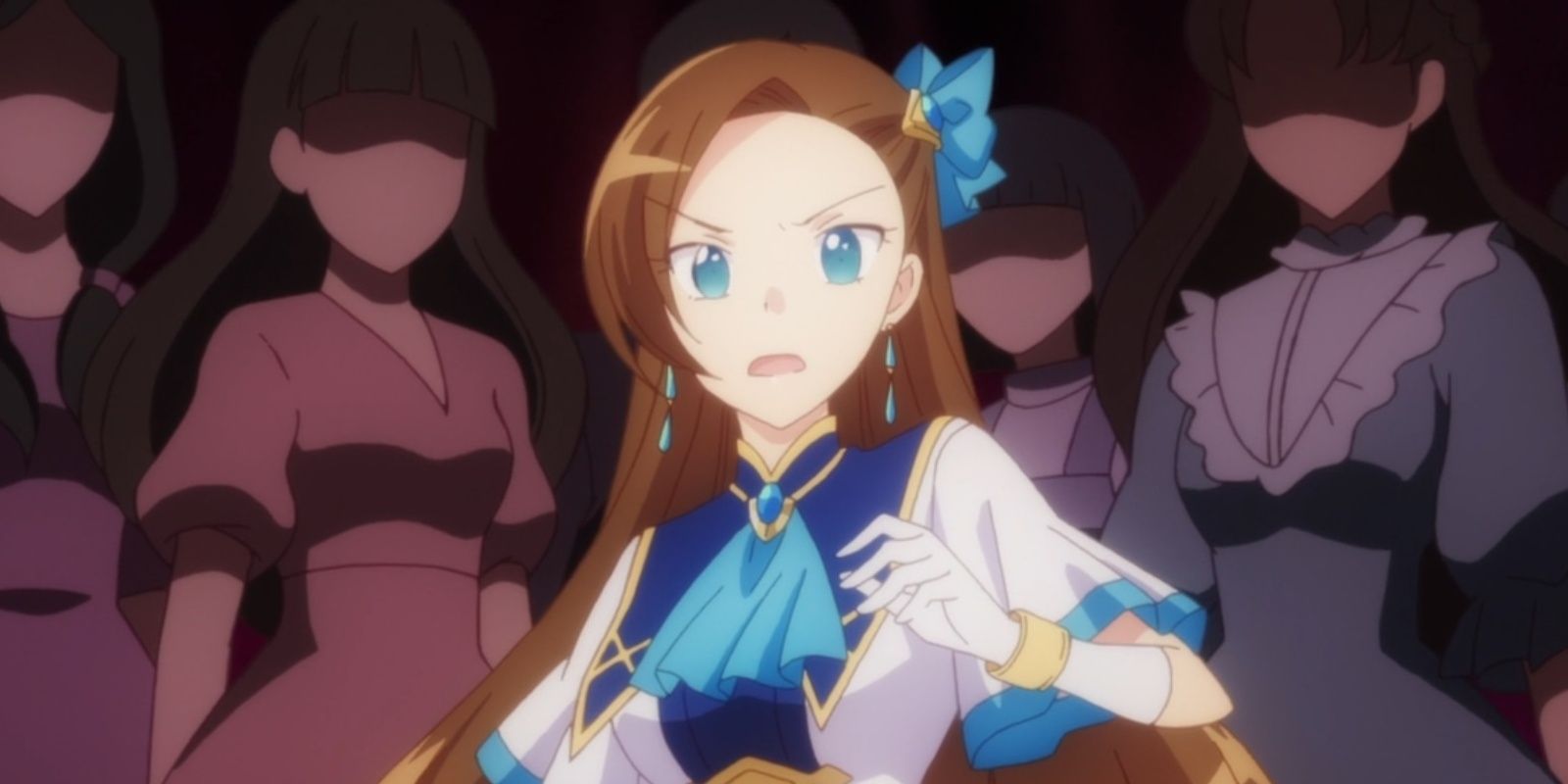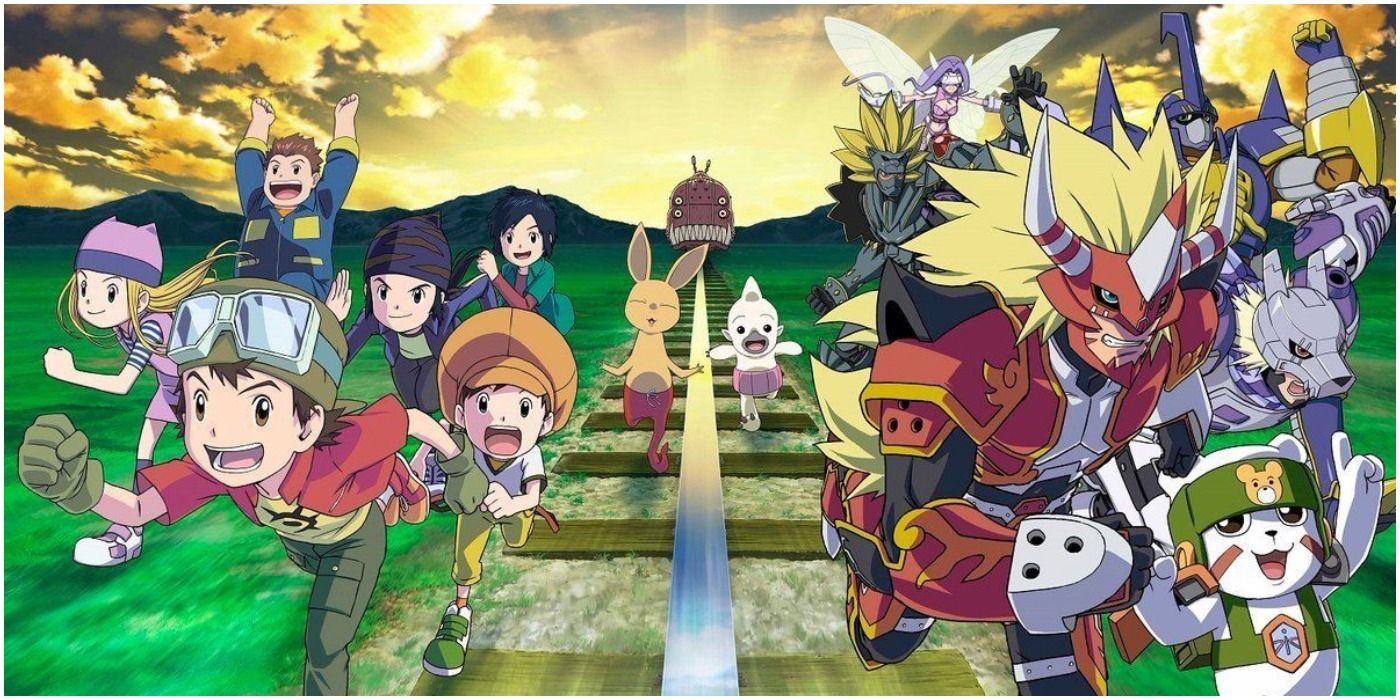Isekai, which roughly translates to “different world” in English, is a popular genre in anime, with more than a dozen new shows launching each year. But isekai as a genre is nothing new and has been around for several decades.
Here’s a look at the key differences between classic isekai anime and modern isekai anime, and why the older titles still stand out more today, even with the ever-increasing popularity of the genre.
The stage in Classic vs. Isekai modern anime

Most modern isekai anime tend to settle for a fantasy pseudo-European setting with winding brick roads and elegant palaces. These settings are often inspired by video games, featuring mechanics and tropes commonly associated with Japanese RPGs. The worlds are often inhabited by people with strange (and often ridiculous) sounding names, as well as different fantasy-inspired races, such as elves, dwarves, or goblins. In these worlds, magic is the norm and modern technology is a concept still unknown to its inhabitants.
While older isekai anime have featured similar scenarios, there was more variety to them. Tsubasa Chronicle has its protagonists traveling to different and unique worlds: some Eastern-inspired, some Western-inspired, and some based on our own world. inuyasha features an alternate fantasy world based on ancient Japan, while superbook presents stories based on the Old Testament of the Bible.
the country of dreams Little Nemo: Adventures of Slumberland It’s colorful and quirky, as are its inhabitants, from short, cigar-smoking clowns to giant, jolly kings. Among these examples, not a single one of these worlds resembles each other. However, in the case of modern isekai, the amount of anime that deviates from the typical pseudo-European style is very rare.
The protagonist of Classic vs. Isekai modern anime

There are generally two types of isekai protagonists. The first and most common is the wish-fulfillment protagonist, a boring ordinary man with no distinguishing features and not much of a personality. Despite this, pretty girls seem to be constantly falling at his feet, usually because he has been gifted with very good game-breaking power.
The second one that has become more common in recent years is the “villain” character. She has usually been reincarnated in an otome game (dating sims for girls) as the main villain, a stalker, and an obstacle to the heroine’s love life who will eventually suffer a tragic fate for her crimes. This character is usually very nice, unlike the game character she was reborn as. She will be more focused on avoiding death flags rather than pursuing romance and somehow inadvertently she will hex all capture targets without even realizing it.
Like their settings, the leads in older isekai anime have much more variety, starring girls who are strong-willed, shy, smart, or dumb. There are guys who are quiet, excitable, stoic, or hot-blooded. They range in age from children to young adults with different backgrounds, some come from completely normal families, while others come from a family of scientists or martial artists. Some stories even feature more than one protagonist, giving more variety in worldviews and history.
Means of travel in Classic vs. Isekai modern anime

Today’s protagonist isekai are often sent to another world either through reincarnation or magic. If it’s the reincarnation route, the story will usually follow them from the moment they regain memories of their past life. Getting hit by a truck is very common, so much so that it has become something of a running gag that is often parodied by other anime, and even the genre itself.
When transported through magic, it is usually because the world the protagonist is traveling to is in desperate need of a hero to save it from a great calamity. Despite being an ordinary person on his home world, here they are the special “chosen ones” endowed with special power. Whether or not the hero follows through with the task depends on the genre of the show, but regardless of his decisions, there’s a good chance they’ll find their way into the hearts of the world’s citizens, especially members of the opposite sex.
The Isekai protagonists of the past once again have more variety in how they travel. In fushigi yugi, the main character ventures into the world of a play through a magical book. In Juan Senshi Bakuretsu Eto Ranger, the protagonists travel to different worlds inspired by fairy tales through a gigantic mechanical ship shaped like a unicorn. In Digimon Frontier, they are taken to another world via a mysterious train. While all of these characters are transported to other worlds in different ways, they share one thing in common: they eventually return home.

What really sets the old isekai anime apart from the new ones is that often the new protagonists get stuck in the worlds they were transported to. While those who have been reincarnated have no choice but to accept this, even those who arrived via other means of transportation tend to accept their new surroundings and rarely make any effort to return home.
In fact, modern isekai anime rarely has the protagonist return home. Those of the older isekai, however, often have the luxury of traveling to and from other worlds at their leisure. Even those who are initially stuck in another world are shown to make active efforts to return home, which eventually pays off.
What makes modern isekai feel so outdated compared to its predecessors is that it has become repetitive and formulaic. Even the parodies often feel like they’re still going through the same checklists as the genre they’re supposed to be poking fun at. If one still enjoys the idea behind the isekai genre but has gotten tired of seeing the same scenarios repeatedly, then the old isekai titles may be the perfect solution.
read next
About the Author

